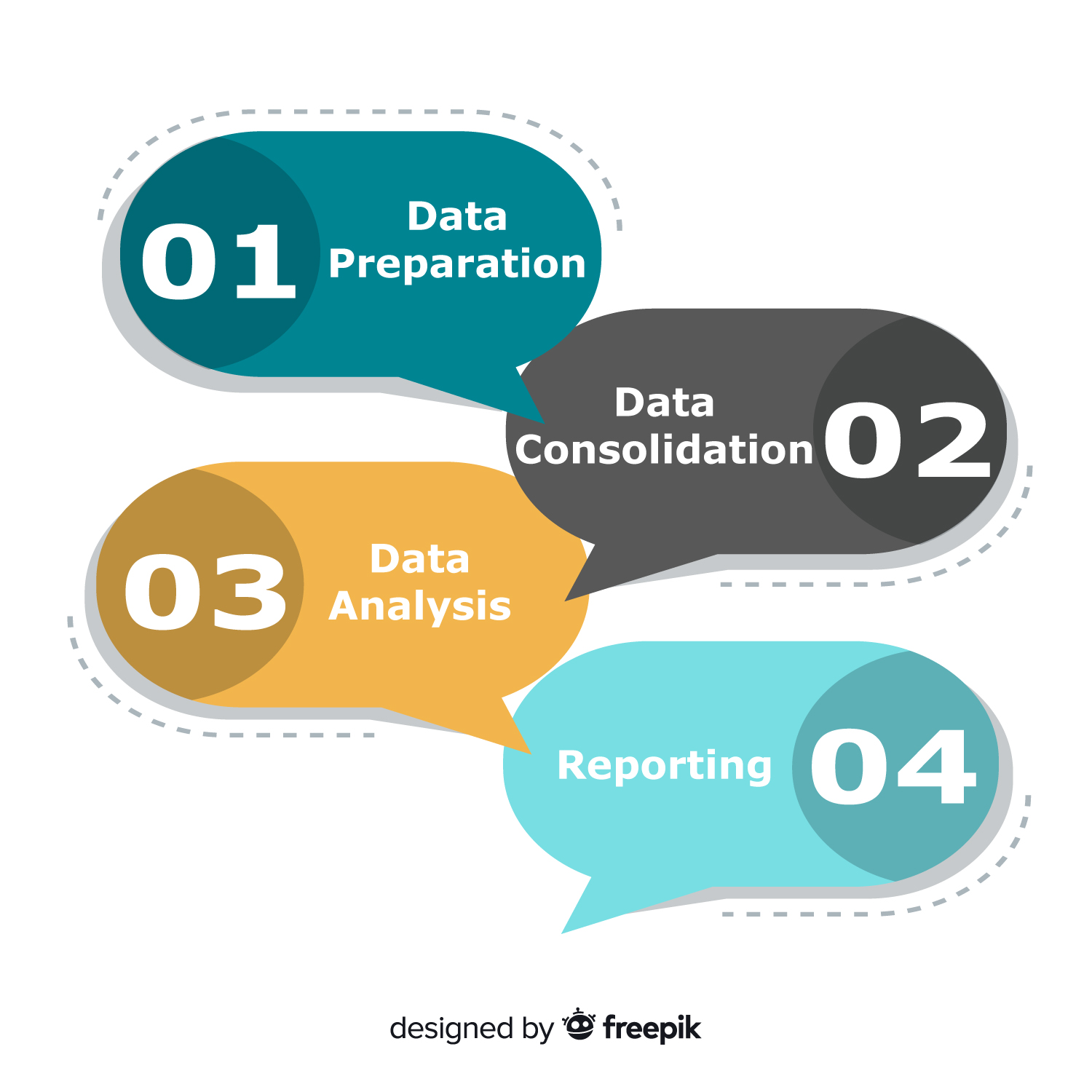Using Business Intelligence in Demand Forecasting
With major advances being made in artificial intelligence and machine learning, businesses are investing heavily in advanced analytics to get ahead of the competition and increase their bottom line. One of those areas is called predictive analytics, where companies extract information from existing data to determine to buy patterns and forecast future trends.
By using a combination of data, statistical algorithms, and machine learning techniques, predictive analytics identifies the likelihood of future outcomes based on the past. This technology is being used in every industry, from banking to retail to determine customer responses or purchases, forecast inventory, manage resources, and even detect fraud.
Although it’s been around for decades, predictive analytics is becoming more and more mainstream, with growing volumes of data and readily accessible software ripe for transforming. In this blog post, we are going to cover the role of business intelligence in demand forecasting, an area of predictive analytics focused on customer demand. We’ll explain what it is, how it works, and ways to start using demand forecasting with business intelligence software.
What is Demand Forecasting?
Demand forecasting is an area of predictive analytics best known for understanding consumer demand for goods and services. Based on the analysis of historical data and present market conditions, it determines the estimated demand for the future and sets the level of preparedness that is required on the supply side to match demand.
While it’s not an exact science, demand forecasting plays a vital role in production planning and supply chain management. The process of demand forecasting results in strategic and long-term decision making that impacts everything from budgeting and financial planning to capacity planning, sales, and marketing planning, and capital expenditure.
Why Use Demand Forecasting?
As an essential component of supply chain planning, demand forecasting is used by manufacturers, distributors, and retailers to provide insight into their operations and to make informed, profitable decisions on pricing, inventory stock, resource optimization, and more.
Here are some of the major reasons why demand forecasting is crucial to supply chain success in this day and age:
- Increased customer satisfaction (i.e providing customers with the products they want when they want it)
- Inventory optimization to reduce stock-out and overstocking
- Fast turnaround in order fulfillment
- Effective production scheduling of raw material and labour
- Better capacity planning and allocation of resources
- Improved distribution planning and logistics
- Effective pricing and promotional planning
Using Demand Forecasting with Business Intelligence
Demand forecasting relies on data. If there is anything wrong with the data you use, the math and how you implement it will result in underestimated or overestimated demand – leaving you with a bunch of unhappy customers or a surplus of product. In order to understand demand and accurately predict supply, most companies adopt a business intelligence solution to assist with data preparation, data consolidation, analysis, and reporting.
BI software is built to collect, unify, sort, tag, analyse, and report on vast amounts of data. Here are the 4 major areas where BI can help you get started with accurate demand forecasting:
- Data Preparation
Most companies don’t take the time to cleanse, validate, and audit their data regularly. As a result, 40% of enterprise data is either inaccurate, incomplete, or unavailable (Gartner). BI software is used to organize and control your data in one solution, so you’re building your analytics off accurate data. - Data Consolidation
A data warehouse can help you collect business data from multiple sources and use it for accurate reporting and analytics. BI powered by data warehouses can better correlate data from disparate systems and provide greater insight into the supply chain, sales, financials, etc. - Data Analysis
BI software is designed for complex analysis and calculations of large data sets. Establishing a system of record, including historical data and multiple data sources, guarantees that everyone is using one version of the truth to run their reports. - Reporting
BI software gives you a single view of the performance, with pre-built dashboards and reports for quick sharing and dissemination of real-time information on demand. This allows for better planning and more collaboration between your suppliers.

Get a better understanding of what you need to do to improve your data quality and prepare your data for accurate demand forecasting. For more information contact our team or read related resources.
